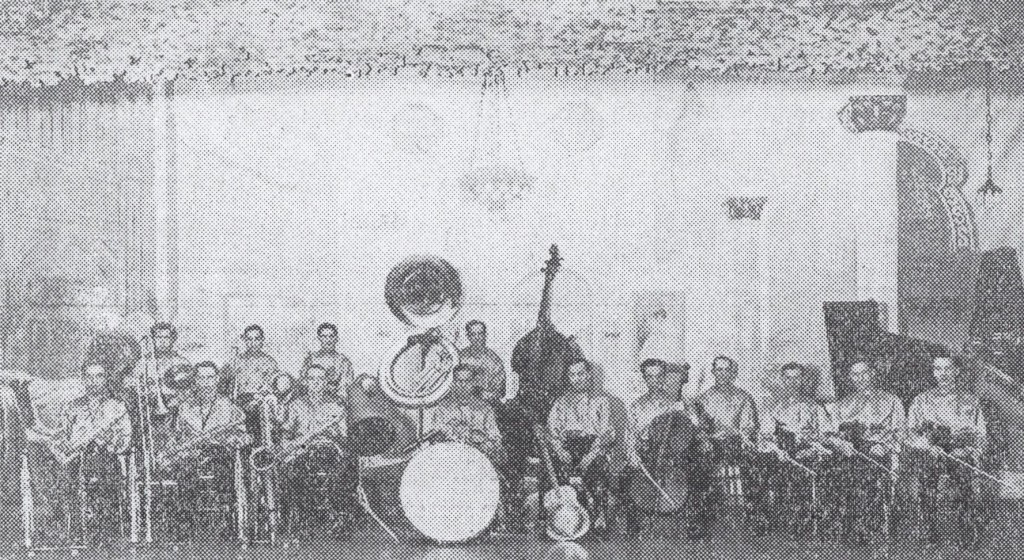


Above from the top: A Depression special – movies reduced at the Strand; in late February 1931 the Ionia State Reformatory Orchestra appeared at the Strand as one of ten big vaudeville acts starting in March 1933; “Tarzan and His Mate” appeared at the Strand, as did co-star “Mary” for one hour on July 14, 1924.
“Boom and bust.” “ An economic collapse unlike anything seen before.” Both phrases describe the economic crisis that hit Gratiot County starting in the late fall of 1929 and what many called the Great Depression.
Strangely, the movie that played at Alma’s Strand Theatre five days before the economic crash was “The Gamblers.” It dealt with a father and son engaged in Wall Street corruption. Little did most Gratiot citizens know that what happened in New York City that October would seriously affect their lives.
As movie theaters struggled to draw people early in the Depression, they offered prizes and reduced prices to keep people coming to the movies. The Strand gave away a $225 Amrad Radio in late December 1929. It went so far as to offer $500 as a first prize during “Greater Movie Season” almost one year later. A more practical prize gift in October 1931 was to give a two-pound package of Rowena Pancake Flour for the first 200 paid admissions. The cost of seeing a movie dipped to 25 cents a show in early 1931 and then reached 15 cents a show by February 1933.
Other movie draws in Alma starting in 1930 included airing “Amos and Andy” every night at 7 o’clock (except on Sundays). The Strand Sweet Shop, which first opened next door before the start of the Depression, became a place to stop for sandwiches, malts, and sweets. In 1931, “Freckles” Spear, an eight-year-old “Our Gang” movie star, came to Alma. Later that year, Prince Shah Babar, a famous Hindu mystic and mind reader, drove a car blindfolded through Alma. He also buried alive a member of his company in front of the Strand Theatre, then put a person to sleep in the store window of W.D. Baltz. In August 1933, the MGM Studio sent a traveling studio into the country to show people how it made movies. Mary the Rhinoceros quickly visited in July 1934 before a “Tarzan and his Mate” movie. Mary starred alongside the first Tarzan, Johnny Weissmuller.
The Depression also changed Alma with the passing of the Idlehour Theatre. In the spring of 1931, Dick Rockwell sold out to W.A. Cassidy of Midland and Mr. Gordon from Mt. Pleasant. With the sale came a new name: The Alma Theater, which would operate for over twenty years in Alma. Cassidy would also succeed in purchasing the Strand a year later. As a result, Cassidy installed new screens and sound systems to bring in more moviegoers. Some very famous movies also made their way to Gratiot County early in the Depression, such as “Dracula,” “King Kong,” and young movie stars like John Wayne (“The Big Trail”).
There were other issues involving movies in the 1930s. Groups like the Disciples of Christ in 1934 worked to clean up dirty films. They were the only group that believed that the movie industry needed censorship and reform, and they encouraged boycotts of offensive shows.
The Depression was on, but so was movie attendance in Alma.
Copyright 2024 James M. Goodspeed